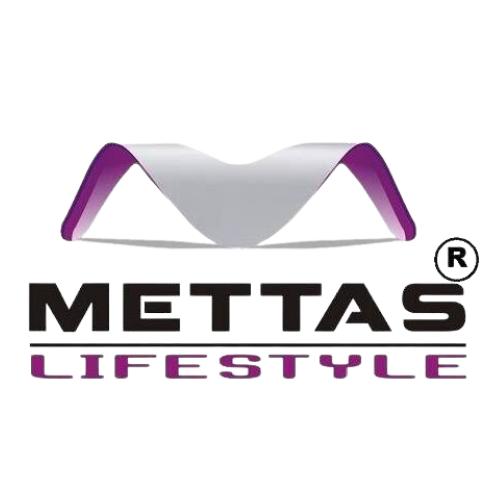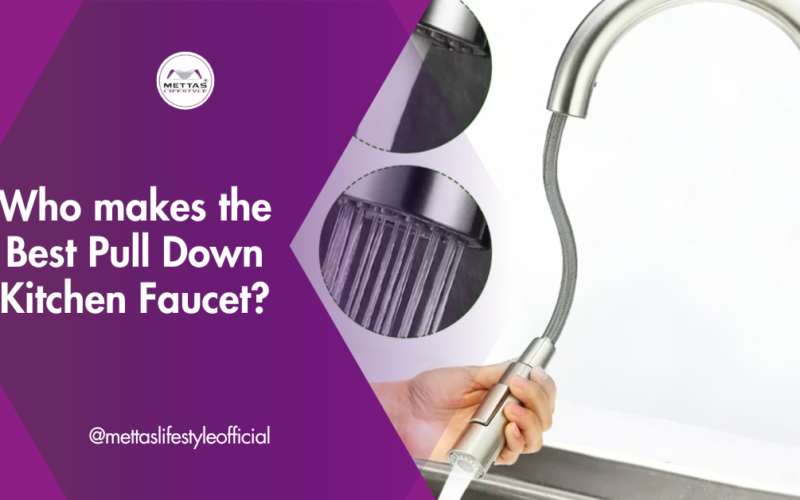

Table of Contents
ToggleIntroduction: Tips for a Functional and Beautiful Kitchen
Designing a beautiful kitchen isn’t just about aesthetics; it’s about creating a space that seamlessly blends functionality with beauty. Your kitchen is the heart of your home, and its design should reflect your lifestyle while optimizing efficiency. In this article, we’ll explore seven valuable tips to help you craft a kitchen that not only looks stunning but also enhances your daily life.
1. Understanding Your Needs

Before diving into the world of beautiful kitchen design, take a moment to assess your needs. Consider your cooking habits, storage requirements, and the number of people who will be using the kitchen regularly. This foundational understanding will guide the entire design process and ensure that your kitchen caters to your unique lifestyle.
2. Maximizing Storage Space

One of the keys to a functional and beautiful kitchen is ample storage. Optimize your cabinet space by incorporating pull-out shelves, lazy Susans, and vertical dividers. Consider utilizing the area above your cabinets for storage or installing hooks to hang pots and pans, freeing up valuable cabinet real estate.
3. Choosing the Right Appliances

Investing in high-quality, energy-efficient appliances not only adds value to your kitchen but also streamlines your cooking experience. Look for appliances that suit your cooking style and offer advanced features. Stainless steel appliances not only exude a modern aesthetic but are also easy to clean, making them a practical choice.
4. Thoughtful Lighting Design

A well-lit kitchen is not only visually appealing but also essential for safety and functionality. Incorporate a mix of task lighting, ambient lighting, and accent lighting to create a balanced and inviting atmosphere. Pendant lights over the kitchen island or under-cabinet lighting can add a touch of sophistication while ensuring a well-lit workspace.
5. Selecting Durable and Stylish Materials

The materials you choose for your kitchen play a crucial role in both aesthetics and longevity. Opt for durable countertops, such as granite or quartz, that can withstand daily wear and tear. Additionally, explore various flooring options, like hardwood or ceramic tiles, that strike a balance between elegance and practicality.
6. Creating a Seamless Flow

A well-designed beautiful kitchen flows seamlessly from one area to another. Pay attention to the layout and positioning of key elements like the sink, stove, and refrigerator. The classic kitchen work triangle—connecting these three elements—ensures an efficient workflow, making your kitchen a joy to navigate.
7. Injecting Personal Style

While functionality is paramount, infusing your kitchen with personal style is what makes it truly yours. From choosing a color palette that resonates with you to incorporating decorative elements like plants or artwork, adding personal touches enhances the overall ambiance of your kitchen.
8. Greening Your Kitchen with Sustainability

In the modern era, sustainability is a key consideration in any design process. Integrate eco-friendly practices into your kitchen design by opting for energy-efficient appliances, using recycled or locally sourced materials, and incorporating a composting station. A green kitchen not only reduces your environmental footprint but also adds a contemporary and responsible touch to your space.
9. Smart Technology Integration

Bring your kitchen into the 21st century by incorporating smart technology. Smart refrigerators, thermostats, and lighting systems can enhance the efficiency and convenience of your kitchen. Imagine being able to preheat your oven on your way home or receive a notification when your refrigerator door is left ajar. Embracing technology not only makes your kitchen more functional but also adds a futuristic flair.
10. Future-Proofing Your Design

As design trends evolve, it’s essential to future-proof your kitchen to ensure it remains relevant and stylish for years to come. Choose timeless elements for the foundational aspects of your kitchen, such as cabinets and countertops, and reserve bold or trendy choices for easily replaceable items like accessories or textiles. This approach allows you to update your kitchen’s look without a major overhaul as styles change.
Conclusion
Designing a functional and beautiful kitchen is a holistic process that involves thoughtful consideration of your lifestyle, preferences, and the latest design trends. By incorporating these ten tips, you can create a kitchen that not only meets your immediate needs but also stands the test of time. From maximizing storage to embracing smart technology and injecting personal style, each element contributes to a space that is not just a kitchen but a vibrant hub within your home. Happy designing, and may your kitchen be a reflection of your unique taste and lifestyle!
Have questions about your next renovation project? We’ve got answers. Let’s do this together.
Follow House Beautiful on Instagram.
FAQs
The initial step is understanding your needs. Before delving into the design process, assess your cooking habits, storage requirements, and the number of people using the kitchen regularly. This foundational understanding guides the entire design, ensuring it caters to your unique lifestyle.
To optimize storage, incorporate pull-out shelves, lazy Susans, and vertical dividers in your cabinets. Utilize the area above cabinets for storage, install hooks to hang pots and pans, and consider creative solutions like magnetic knife strips. These strategies free up valuable cabinet real estate and keep your kitchen organized.
When selecting appliances, prioritize high-quality, energy-efficient options that align with your cooking style. Stainless steel appliances are not only modern and stylish but also easy to clean. Investing in advanced features enhances both the aesthetics and functionality of your kitchen.
Lighting is crucial for safety, functionality, and aesthetics. Create a well-lit kitchen by incorporating task lighting, ambient lighting, and accent lighting. Pendant lights over the kitchen island and under-cabinet lighting add sophistication while ensuring a well-lit workspace.
Sustainability is integral to modern kitchen design. Opt for energy-efficient appliances, use recycled or locally sourced materials, and include a composting station. A green kitchen not only reduces your environmental footprint but also adds a contemporary and responsible touch to your space.




